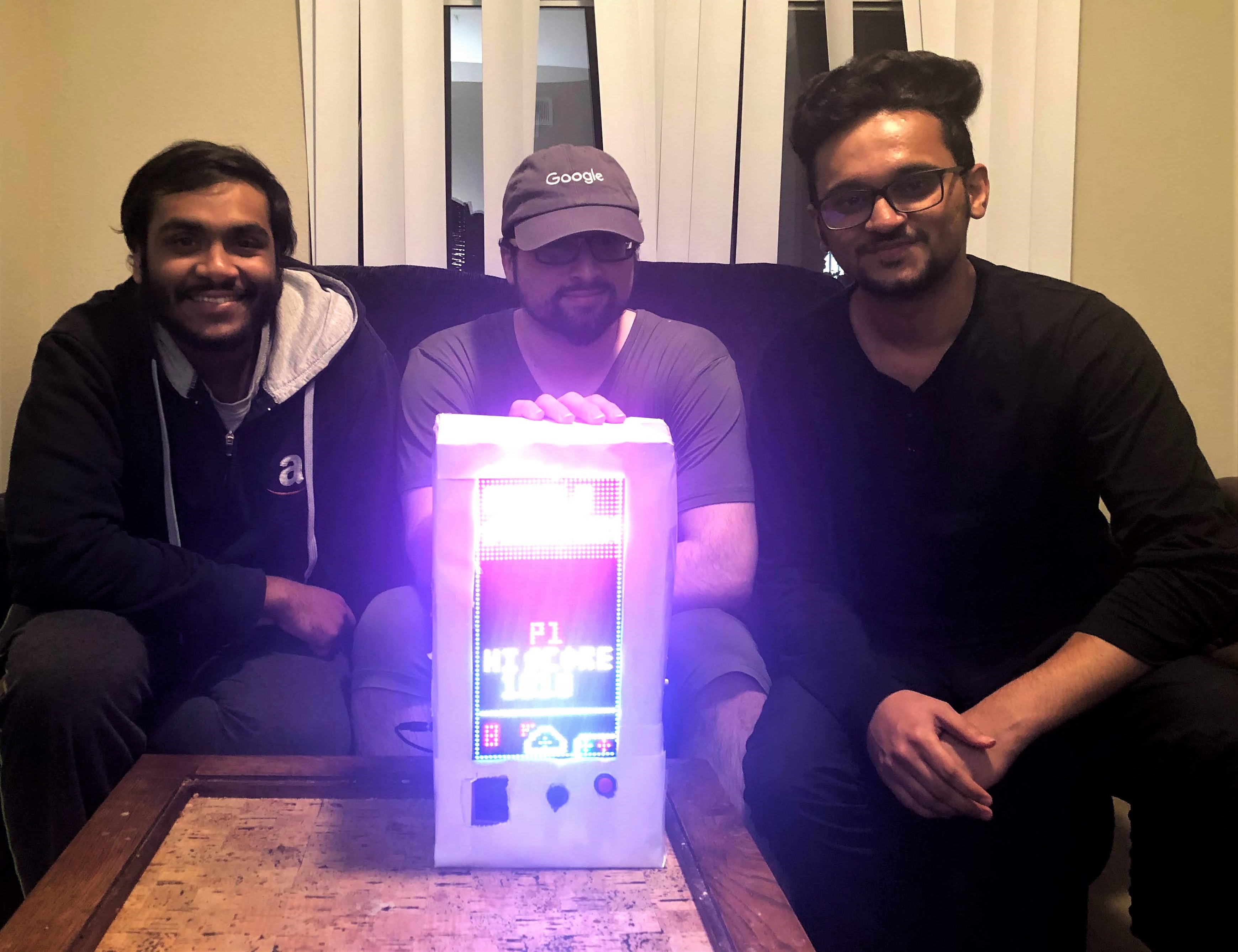S14: Smart Planter
Contents
Grading Criteria
- How well is Software & Hardware Design described?
- How well can this report be used to reproduce this project?
- Code Quality
- Overall Report Quality:
- Software Block Diagrams
- Hardware Block Diagrams
- Schematic Quality
- Quality of technical challenges and solutions adopted.
Project Title
Smart Planter
Abstract
Most people just don’t have the time in the day to remember to water a garden and when they do they over-water, wasting resources and hurting the plant. The solution is a system that takes in data on the moisture of the soil, the temperature, and the humidity of the environment and pumps the necessary water accordingly.
Objectives & Introduction
This system will be achieved using two different types of sensors: the first will be soil hygrometer inserted into the bottom of the planter to detect the amount of water the plant currently possesses in its soil. This will the the highest priority in determining whether the plant needs additional water. The second sensor is a combination humidity and temperature sensor attached to a peg (for security and to keep the wires safe) that will relay the data back to the SJSUONE board. In order to conserve energy, the system will collect data three times a day (8 am, 12 pm, and 4 pm) and determine how much water needs to be added. A real-time clock will be used to determine these times and to not water at night to avoid root-rot. The data will show how fast the plant is consuming verses how hot and humid the environment is and allow for a more customizable calculation. This will be used to calculate how long to turn on the pump in the water reservoir to drip water into the plant. A drip system was chosen because this method has shown it is the most effective in not wasting water as opposed to a spray sprinkler system that loses more water to evaporation. All of the various information will in turn be displayed on an LCD screen for the user to view.
Team Members & Responsibilities
- Carissa Labriola
- Driver Development
- Sovist Thou
- LCD Display and Physical Layout
- Adithya Avala
- FreeRTOS Software Design
Schedule
| Week# | Date | Task | Actual |
|---|---|---|---|
| 1 | 3/23 | Research and order parts | Complete |
| 2 | 3/30 | Test peripherals individually, start writing environment | Not yet started |
| 3 | 4/6 | Finish hardware set up | Not yet started |
| 4 | 4/13 | Finish drivers and FreeRTOS environment | Not yet started |
| 5 | 4/20 | Test and Edit environment | Not yet started |
| 6 | 4/27 | Review and consider add-ons | Not yet started |
Parts List & Cost
| Item | Description | Qty | Unit Cost | Total Cost | Source |
|---|---|---|---|---|---|
| 1 | Hygrometer | 1 | $6.00 | $6.00 | http://www.amazon.com/gp/product/B00CKWMLC6/ |
| 2 | 7mm Silicon Tubing | 1 | $8.00 | $8.00 | http://www.amazon.com/gp/product/B0094FZCIW/ |
| 3 | Submersible Water Pump | 1 | $15.00 | $15.00 | http://www.amazon.com/gp/product/B007XHZ25G/ |
| 4 | LCD Screen | 1 | $25.00 | $25.00 | New Heaven |
| 5 | Plant Pot | 1 | $2.00 | $2.00 | Orchard Supple Hardware |
| 6 | Water Basin | 1 | $4.00 | $4.00 | Target |
| 7 | Plant | 1 | $3.00 | $3.00 | Trader Joe's |
| 8 | Temperature And Humidity Measurement Sensor | 1 | $7.00 | $7.00 | http://amzn.com/B00CDHH3WQ |
| Total | $72.00 |
Design & Implementation
The design section can go over your hardware and software design. Organize this section using sub-sections that go over your design and implementation.
Hardware Design
Discuss your hardware design here. Show detailed schematics, and the interface here.
Hardware Interface
In this section, you can describe how your hardware communicates, such as which BUSes used. You can discuss your driver implementation here, such that the Software Design section is isolated to talk about high level workings rather than inner working of your project.
Software Design
Show your software design. For example, if you are designing an MP3 Player, show the tasks that you are using, and what they are doing at a high level. Do not show the details of the code. For example, do not show exact code, but you may show psuedocode and fragments of code. Keep in mind that you are showing DESIGN of your software, not the inner workings of it.
Implementation
This section includes implementation, but again, not the details, just the high level. For example, you can list the steps it takes to communicate over a sensor, or the steps needed to write a page of memory onto SPI Flash. You can include sub-sections for each of your component implementation.
Testing & Technical Challenges
Describe the challenges of your project. What advise would you give yourself or someone else if your project can be started from scratch again? Make a smooth transition to testing section and described what it took to test your project.
Include sub-sections that list out a problem and solution, such as:
My Issue #1
Discuss the issue and resolution.
Conclusion
Conclude your project here. You can recap your testing and problems. You should address the "so what" part here to indicate what you ultimately learnt from this project. How has this project increased your knowledge?
Project Video
Upload a video of your project and post the link here.
Project Source Code
Send me your zipped source code and I will upload this to SourceForge and link it for you.
References
Acknowledgement
Any acknowledgement that you may wish to provide can be included here.
References Used
List any references used in project.
Appendix
You can list the references you used.
